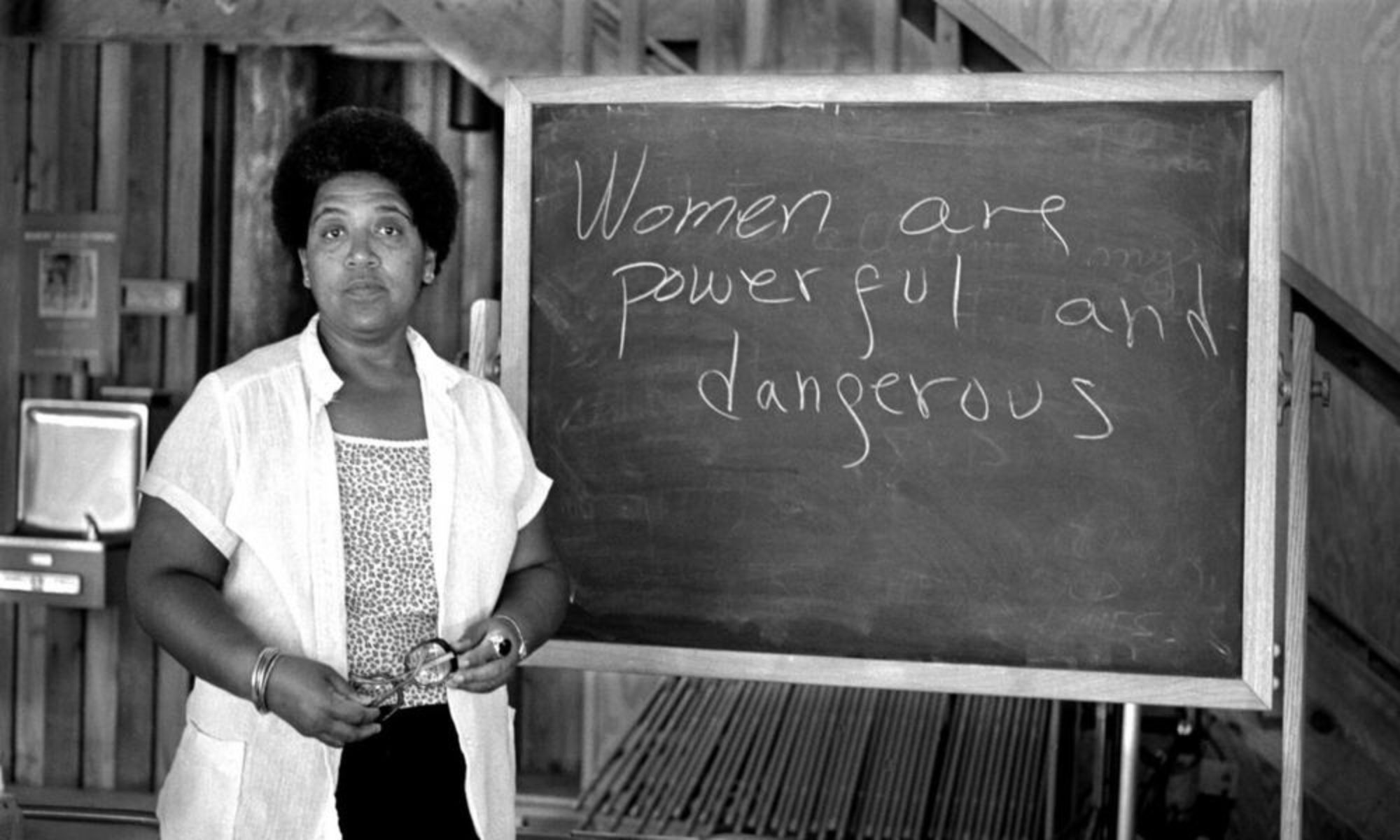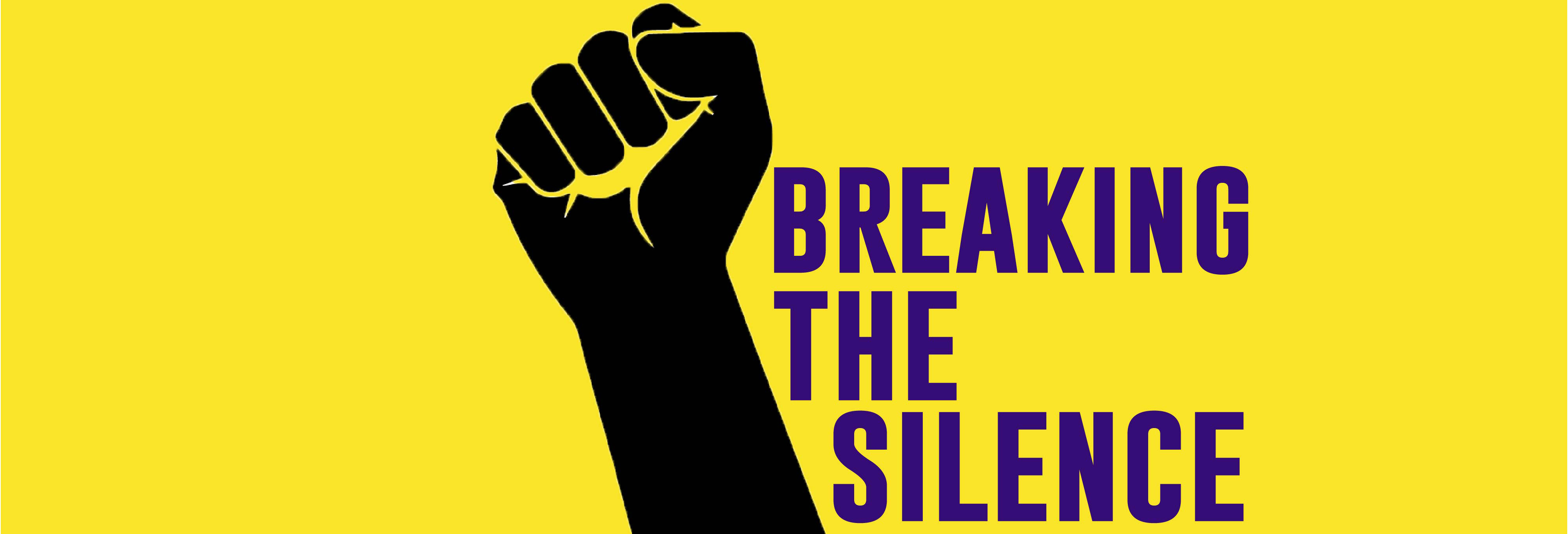
Independent Study: Annotated Bibliography & Thesis

Thesis Statement: This project intends on educating others on the history of violence against women, the sexually charged cultural challenges women endure, as well as the modern-day image of femininity.
BIBLIOGRAPHY
https://www.academia.edu/3111028/Violence_against_women_global_scope_and_magnitude : This source is reliable because it is a well-cited peer-reviewed journal article and it is found on an academic website. This journal article discusses the various forms of violence women have faced over the years. Compared to other articles, this journal analyzes such violence on a global scale and discusses how many times violent events go unreported due to its sensitive nature. This relates to my project because I will expound on historical forms of violence against women.
https://www.academia.edu/7962973/Sexual_Violence_in_the_Lives_of_African_American_Women : This source is reliable because like the one above, it is a peer-reviewed journal article found on an academic website. This article discusses historical instances of violence against African women during slavery. The article goes on to mention how raping these women became a way of life and when being sold they would be stripped naked. The more “voluptuous” a women’s figure was the more likely she would get bought to have many children, who would then get sold and worked on other plantations. This relates to my project because I will be discussing ways in which violence was used to control women.
This article is credible because it is a good source for academic research and statistical data. This work summarizes how society views men and women and how these views contribute to what is expected for men and women. A survey compiled reveals that society values leadership and financial success in men but values beauty and empathy in women. This relates to my project because I want to discuss the results of societal pressures on women (poor body image, underestimating their capabilities, and body modifications).
https://www.history.com/news/comfort-women-japan-military-brothels-korea : This article is credible because it is a well-published company that specializes in documenting and reporting history, hence the name of the website. This article discusses the use of women as sex slaves during World War 2. Women were kidnapped from all across Asia and used merely for pleasure by the Japanese military. These war crimes have had rippling effects in modern times. This relates to my project because it has great historical significance and can support the claims I have made about the many atrocities endured by women since the beginning.
This article is a credible one because it is a well-published news company. This article discusses the Harvey Weinstein trials and discusses how he used his status in the entertainment industry to sexually assault and rape women. (Unequal power relations). This article will be much-needed support for discussing modern events of violence against women.
https://www.bbc.com/culture/article/20150624-when-fashion-kills : This article is credible because it is coming from a knowledgeable news network. The article discusses the various trends in fashion that women wore over the years to achieve far-reaching beauty standards. Such fashion items include corsets, high heels, and traditional Chinese foot bindings that broke women’s feet and bound the toes to the heels to keep feet small. Women who had their feet bound could not walk, were constantly in extreme pain, and the chance of losing toes were high.
Blog Post #14: What Have I Learned

The posts I have chosen are “Blog Post 2”, “Blog Post 11”, and “Blog Post 12”. These assignments were the most impactful in helping me understand feminism because each post allowed me to analyze something, whether that be a reading or my own beliefs, to a greater extent. The class overall was fulfilling in that I was able to better understand where I stand on feminism. I wouldn’t say that I am a feminist but I will say that I realize why so many people are. Feminism is a very complex political ideology and in an attempt to gain equality there have been many bumps in the road. All in all, there is so much more to be done to reach the goals of feminism but I have seen many things change over the past 20 years.
“Incidents in the Life of a Slave Girl” Presentation
~PRESENTATION TRANSCRIPT~
Good evening everyone my name is Kameron Hamilton and today I will be presenting to you the story of Harriet Jacobs. Harriet Jacobs was born a slave, in 1813, under the guise of her free father and a mistress who nurtured and took care of her up until her death when Harriet was 12. This woman taught Harriet to sew, read, and write, giving her the upper hand among other slave children her age as well as other slaves in general. At age 15, her life took a turn for the worse when her new slave master, Dr. Flint, began to sexually assault her while following her every move. He wanted to instill fear in her and continued to remind her that she was his property so that she would submit to his advances. Before this, Harriet lived a peaceful life and didn’t even realize she was owned by another human being until she was transferred to a new owner. Being 40 years her senior, Dr. Flint takes advantage of Harriet and her naivety but she was keen enough to understand what he was doing wasn’t right. She became fearful and she felt alone because there was no one she could turn to for protection. (Her grandmother would have acted but Dr.Flint often told her he would kill her if she told anybody). Later on, the master’s wife finds out about his infidelity inciting raging jealousy in her.
To save face, Dr.Flint often assaulted Harriet in private. Harriet was aware of his prudence and took advantage of it. She would often sleep with or be around her older family members (great aunt and grandmother) avoiding his provocative stares and caresses. He began to understand what she was doing and soon after ordered her to stay in his room at night. His wife was made aware of these arrangements and became infuriated with her husband. After Harriet tells the mistress everything that happens she vows to protect her. This vow is broken when Mrs. Flint confronts her husband. Realizing he has the upper hand in the marriage she backs down and comes to terms with her husband’s ways.
” Revenge, and calculations of interest, were added to flattered vanity and sincere gratitude for kindness. I knew nothing would enrage Dr. Flint so much as to know that I favored another; and it was something to triumph over my tyrant even in that small way”. Harriet meets an unmarried and kind white lawyer, Mr. Sands, who takes an interest in her. After Harriet discusses the cruel things Dr.Flint does to her in the hope that he purchases her, in sheer haste, Harriet sleeps with and is impregnated by Mr.Sands hoping Dr. Flint would sell her but this prompts him to tighten the reigns on his “property”. After her first child was born the father would visit often and took care of his son and after the birth of her second child her master became more abusive and aggressive towards her. In a fit of rage, he cut all of her hair off, and in another instance, he threw her down the stairs in which she sustained injuries that paralyzed her for days. After a while, Dr. Flint decides to sell Harriet to his son, Mr. Flint, and during this time she is required to work and she has little opportunities to see her children.
After she returns under the ownership of Dr.Flint, Harriet runs away and finds refuge in a tiny crawlspace. Her children and brother are imprisoned by Dr.Flint. After a while, in 1842, her children were purchased by their father while Harriet escaped to New York. She becomes involved in civil rights and becomes an author and an activist. Years later the father of her children sends them up north to see their mother. During this time, Harriet publishes “Incidents in the Life of a Slave Girl” and founds a school for recently freed children and refugees. She was eventually able to become legally free and continued to live a private life until her death until 1897.
To conclude, it is evident that with determination anything can be possible. Harriet Jacobs was born a slave but died a free woman. I would like to pose several questions for discussion.
- What are some common themes that were discussed in this autobiography and previous readings?
- What would have been different if white people had been enslaved and black people were masters and mistresses?
- How did slave owners justify their actions?
I hope you have taken something from this presentation and are now able to see how hard of a life Harriet lived. Thank you!
Blog Post #13: Book Report ~The Bluest Eye by Toni Morrison -spoiler alert

The Toni Morrison book that I read is titled, “The Bluest Eye”. Published in 1970, the novel follows the life of an African American girl named Pecola. Set in Morrison’s home town of Lorain, Ohio, Pecola faces a world of discrimination because of her dark skin. She considers that her features are ugly and unfeminine, often comparing herself to the likes of Shirley Temple believing white features are the most beautiful. Pecola lives a volatile life. Her dad is an alcoholic and her mother is detached from her family. When Pecola’s mother, Pauline, is around, her parents go at one another, violently. Sammy, her brother, often runs away as a result of the domestic instability. If she had blue eyes and light skin, Pecola believes, that she would be treated better and loved by her parents and people around her; though her environment reaffirms the beliefs she holds against herself—that she is ugly. Pecola is often teased by the neighborhood boys, her friend Maureen (who has light skin) often makes fun of her and when she is blamed for killing a boy’s cat, his mother calls Pecola a “nasty little black bitch”.
Later on, it is told that Pecola’s parents also lived hard lives. Pecola’s mother works for a white woman and enjoys this work because she loves the home and hates her own. She has always felt withdrawn from her family. Pecola’s father, Cholly, was abandoned as a child and tried to find his father only to be rejected by him. He feels trapped in his marriage. As Pecola washes dishes, her father Cholly takes advantage of her and rapes her out of frustration. When her mother Pauline arrives home, Pecola tells her mother what happened but beats her because she thinks she is lying. After the incident, Pecola finds out that she is pregnant with her father’s child. Her friends try their best to advocate for the baby’s survival because the rest of the neighborhood believe the baby should die. During the birth of her child, Pecola’s baby dies. Cholly rapes Pecola a second time and his guilt drives him to run away and he ends up dying in a warehouse.
To connect with “Playing in the Dark”, both stories relate in ways of determining beauty which usually means whiteness. Both stories discuss characters who view whiteness as superior and their own colorful beauty as ugly and unpleasant.
Blog Post 12 Material Feminisms
Material feminism, a central idea in oppression, can be defined as societal tools used to construct gender and fortify the patriarchy. These tools are intertwined into what society deems as acceptable in performing gender. These materials can be how media displays femininity (hairless skin, flawless, hourglass figure, a demure temperament), how women are supposed to dress (modestly or they risk gaining the wrong attention from men), what is made available to women (we still haven’t achieved equal pay for doing the same jobs as men), and how women are viewed by the opposite sex (sex objects). Material feminism also addresses how there are certain expectations for women (cooking,cleaning, baby-making machines). Times are changing, though, and I’d say for the past 20 years major progress has been made.
BLOG POST #11 Performing Gender

Performing gender is a way of expression, which can be anything from how you dress, your mannerisms, and even how you treat others. Although it isn’t something I have consciously thought about, society teaches us from a very young age how one should behave. Below I describe how my childhood transformed me into how I express myself and perform my gender today and how my femininity is defined and influenced by the culture.
I went to school and played on the playground just like any kid, but I would say this environment had one of the greatest impacts on how I express my gender. Uniforms were required, and girls had to wear skirts, cardigans, and Mary Jane dress shoes, while the boys wore pants, plain white dress shirts, and plain black shoes. Our attire aided what was reinforced to female students. When sitting, we had to cross our legs, and it was expected that we adhered to the rules or there would have been consequences like being reprimanded. The boys had more freedom to do as they please. Girls were told to play with each other and stay away from the boys. The types of games and activities we took part in strengthened the division that was in place to enforce the behaviors of our gender. Girls interacted by playing double-dutch or jumping rope. Some played with dolls by brushing the hair and applying accessories. These acts informally taught us that image and presentation was an imperative characteristic of being female. Miniature kitchen sets taught us that cooking was a feminine duty, whereas the boys would play with sports equipment and get involved with other activities that focus on improving physical abilities and competitive drive.
My family has always expected me to perform my gender. If I strayed away from what was stereotypically feminine, then I was told that what I was doing wasn’t “ladylike.” If I was rambunctious, I was told to sit still. I was taught to have manners and that as a young lady, it is respectful and polite to say please and thank you. For holidays, my grandmother gifts me with frilly dresses and purses. My mother buys me aromatic lotions and perfumes because, as a girl, it is seemingly important to smell pleasant and to have soft skin, while my brothers receive items such as bicycles and footballs. In contrast, my father has leveled out the expectations of gender roles. He cooks, cleans, and takes care of his children. He is involved in domestic duties in ways the “typical” man isn’t. He asserts that women should not be limited to what they can and can’t do. He teaches me to be assertive, confident and reiterates that my mind should be my strongest weapon, not my body. He has taught me to take pride in myself while remaining humble and to get my education to rely on myself rather than other people.
For a while, I believed that women and men had to perform their gender accordingly. After I became aware of the social dynamics, I realized that gender roles are a scam to make men dominate and women submissive. These inequalities, for a long while, made me feel inferior. But times have changed, and so have I. I have made education a crucial part of my development and personal growth. Years ago, women weren’t even allowed to go to school. But here I am writing this post for a college course. We have come a long way. The progress makes me happy about the changes to come in the near future.
Blog Post #10 Culture Wars & Feminism
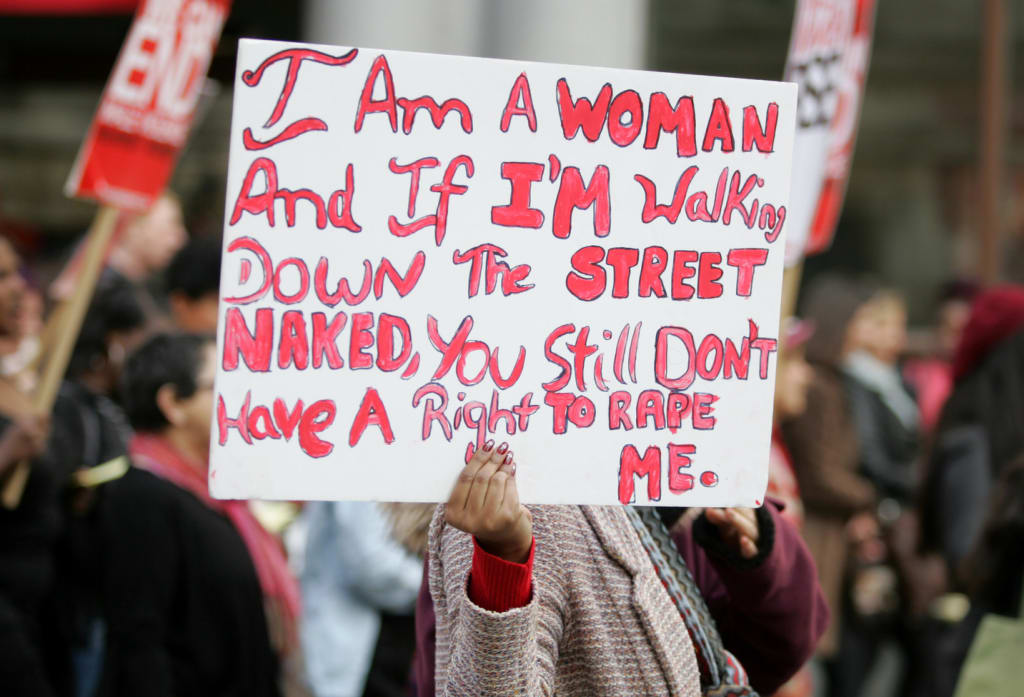
Culture wars can be described as two halves of the same whole attempting to live out their differences harmoniously, but with such differences of a complex subject such as feminism, there is often much in-fighting and tumultuous division. These wars are competitions so to speak between the partially privileged white women of the second wave and the frequently excluded women of color of the third wave, who face a wholly different set of setbacks and discrimination based on their varying sexual orientations, identifications, and cultures.
On page 10 of “Third Wave Agenda”, Heywood goes on to include a quote from historian David Roediger, “ Whiteness describes, from Little Big Horn to Simi Valley, not a culture but precisely the absence of culture. It is the empty and there-fore terrifying attempt to build an identity based on what one isn’t and on whom one can hold back”. White feminism has often been criticized as a misrepresentation of conflicting agendas of privilege and struggle.
These culture wars are a large part of feminism because they define the direction and progress of the movement. If feminists don’t focus on the grander scheme of things, this divisive mentality will cost them all they have already fought for. In modern times, we can already see how this has affected how other people view feminism and feminists. It may be a hard pill to swallow, but many people view and wrongfully portray feminism as a man-hating movement. This confusion of what feminism is leads people to believe the misconceptions, preventing those who are ready for the much-needed change to move forward.
*The reason I make the distinction of white women being partially privileged is the mere fact that although they face women-centered discrimination, they’re living in a white-dominated society where anything that is ethnic or cultural is shot down and appropriated.*
BLOG POST #9 Disidentifications
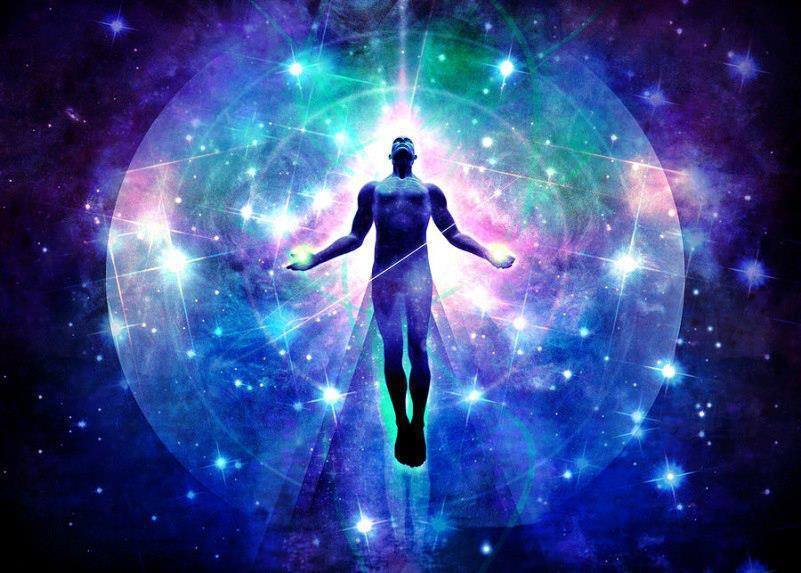
To disidentify with something means to dissociate or reject affiliation with it. It can even mean having a neutral stance on the topic at hand. This can be anything from political views, religion, and ethnicity, to name a few. Many times I have disidentified against my physical existence. I often place my consciousness on the spiritual element of my being, rather than the mortal and short-lived.
Blog Post #8 (can be found on Hypothesis as well)

“because I will have to call us on a lot of shit like our own racism, our fear of women and sexuality. One of my biggest fears is that of betraying myself, of consuming myself with self-castigation, of not being able to unseat the guilt that has ridden on my back for years. These my two hands quick to slap my face before others could slap it1 But above all, I am terrified of making my mother the villain in my life rather than showing how she has been a victim. Will I be betraying her in this essay for her early disloyalty to me? With terror as my companion, I dip into my life and begin work on myself. Where did it begin, the pain, the images that haunt me”?
-Gloria E. Anzaldua , La Prieta
The author battles with her inner self and becomes reflective when it dawns on her that her beliefs of racism and sexuality, and those of her mother’s, are only the results of what they’ve been exposed to. The darker the skin, the more people would think she’s a “dirty Mexican” or indigenous. Living in a white world, so to speak, divides families, with the lighter members receiving better treatment, etc… and because it has been ingrained at such a young age, it becomes part of how they think of themselves and others who look like them, thus the cycle continues.
I chose this text because many people do not realize how much your environment aids in the development of yourself. It’s easy to point fingers and blame your family or close friends around you for making you feel less than you are, but they are in fact victims themselves. They’ve become victims of discrimination, racism, and prejudice from white people who believe that they are the most deserving “race” on the planet. It’s very sad because there is so much to be done to ensure that our sons and daughters know that they are beautiful and that they are worthy. Skin color has nothing to do with potential. People of color have long struggled with not fitting a certain “look” but that’s okay. Women deal with discrimination in other ways. Many are made to feel that men can treat them any way they may and that should be accepted. But I have hope for the future because although slow, progress has come a long way in the last 20 years.
